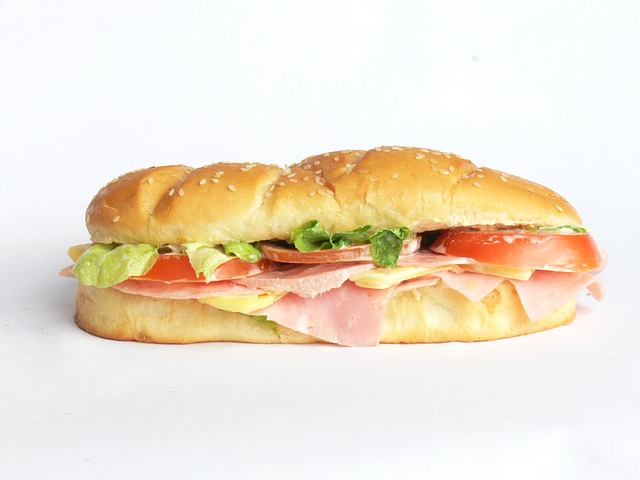
If you are like me, the only reason you might recognize this lengthy word is because of Food Babe, the online food sleuth, who popularized it last year by calling it the “yoga mat” chemical. Subway was the main target, being called out for having this compound in their breads. While they took most of the heat, the truth is a number of other companies in the food industry have been using this chemical as well and likely they are breathing a deep sigh of relief that no one came after them first. Many of them, in fact, have quietly removed it.
But the question remains, should we even care? Was it even that harmful to begin with? It’s not surprising that a big ruckus was created when the connection was made between bread and rubber yoga mats, but again, how harmful are we actually talking? And why are they putting this into bread products in the first place?
First of all, while we know that azodicarbonamide (ADA) is a food additive, it’s also used in the production of foamed plastics (ie yoga mats). It acts as an agent that helps keep the final product in that soft, foamy state instead of turning into a hard, stiff plastic.
In food, ADA is used as a bleaching agent and dough conditioner. Bleaching agents give the final product a more desirable color, and dough conditioners help improve the volume and texture of the finished loaf. Think of those nice, puffy Subway bread loaves. Maybe that’s why we can’t seem to make something so impossibly soft and chewy and home? Hmm.
The problem with ADA in particular is that it does not stay as ADA. It breaks down. Sometimes by-products are less harmful than their parent compound, but in this case it doesn’t look to be so. It breaks down into urethane, a known carcinogen, and semicarbazide, a compound linked to tumor growth in female-exposed mice. The FDA says the levels in food are safe, but do we really know that? Why then has Europe and Australia banned this substance from food production?
According to the FDA, ADA is safe based on studies, including multi-year feeding studies. Currently, however, they are in the process of collecting more data on semicarbazide and its safety at current levels found in US food products. But no need to change your eating habits in the meantime, or so they assert. According to their website, the “FDA considers ADA a safe food additive when used for the purposes and at the levels specified in the FDA regulations.” The good news is that ADA must be documented in the food label, so you can easily check to see if any of your favorite bread products contain it.
Personally, I’d avoid this chemical as much as possible, especially since it’s so easy to do given the breadth of choices in the bread aisle these days. The safety appears to be in question given the ongoing research on the breakdown components, and the simple fact is that it is still a compound that was never intended to be ingested or digested.
Now, you might think Food Babe won the war when Subway agreed to remove ADA from their products and that we have little left to fear …. but… other fast food joints have yet to do the same. So even if you get the “healthy” low fat sandwich or burger at your favorite to-go spot, you still might be exposed to this potentially harmful chemical.
Here is the ingredient list right off McDonald’s website for a Regular Bun:
REGULAR BUN: Ingredients: Enriched Bleached Flour (Wheat Flour, Malted Barley Flour, Niacin, Reduced Iron, Thiamin Mononitrate, Riboflavin, Folic Acid), Water, High Fructose Corn Syrup, Yeast, Soybean Oil, Contains 2% or Less: Salt, Wheat Gluten, Leavening (Calcium Sulfate, Ammonium Sulfate), May Contain One or More Dough Conditioners (Sodium Stearoyl Lactylate, DATEM, Ascorbic Acid, Azodicarbonamide, Mono and Diglycerides, Monocalcium Phosphate, Enzymes, Calcium Peroxide), Calcium Propionate (Preservative).
So then I did a quick search on Burger King’s web site. Here’s where I found it: French Toast Sticks (think of all the kiddos eating those), Croissant, English Muffin, Sesame Seed Bun. Other places you are likely to see ADA include Arby’s, Wendy’s, Jack in the Box, and Chick-fil-A. But then again, you should never eat at these placeas anyway, right?
Obviously you are free to come to your own conclusions, but read labels in the stores, check ingredient lists online, and make your food choices accordingly. Better yet, eat whole foods and homemade foods as much as possible and you can forget about ADA altogether.



